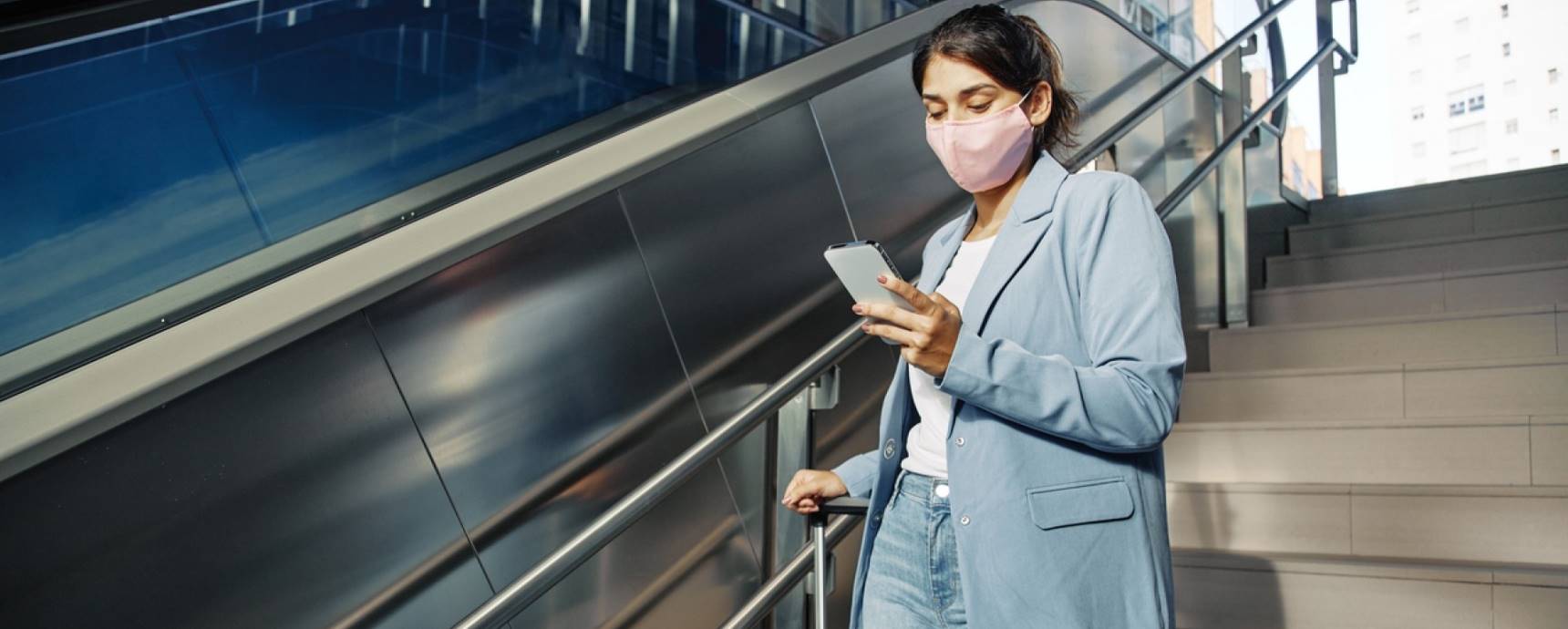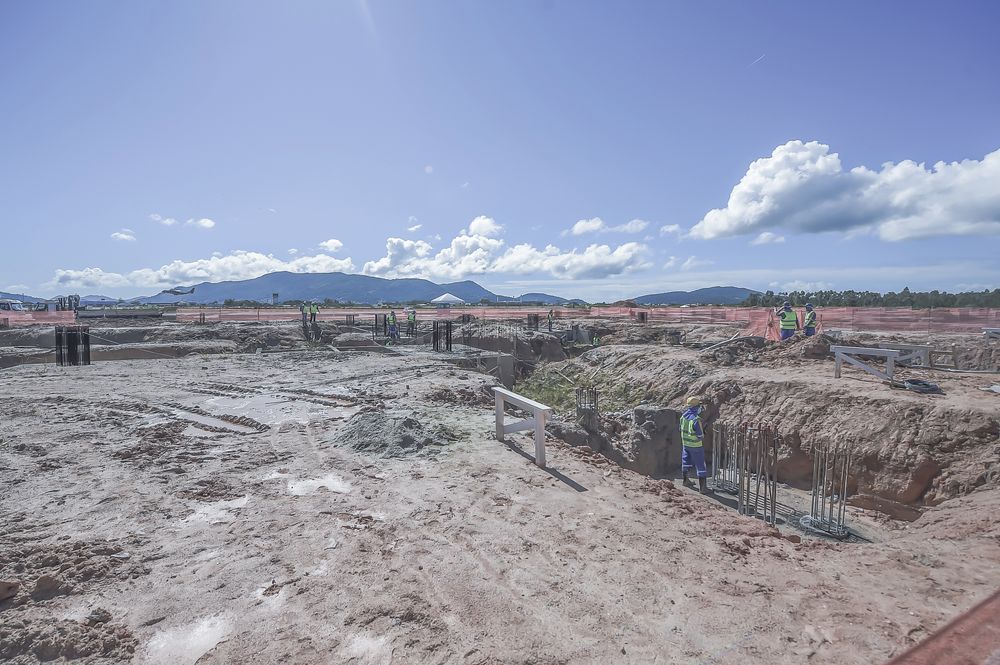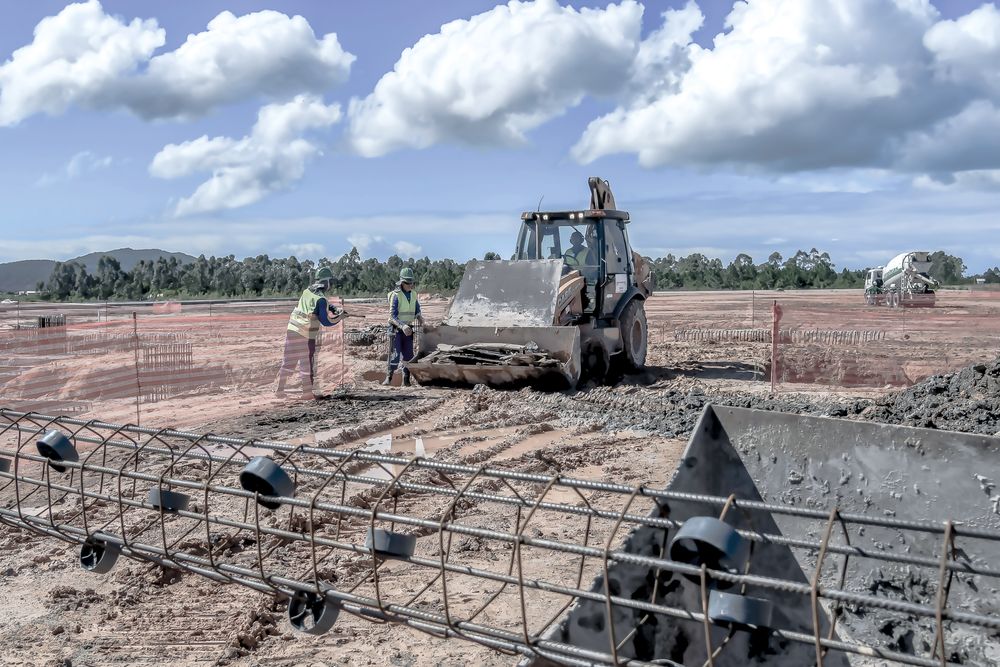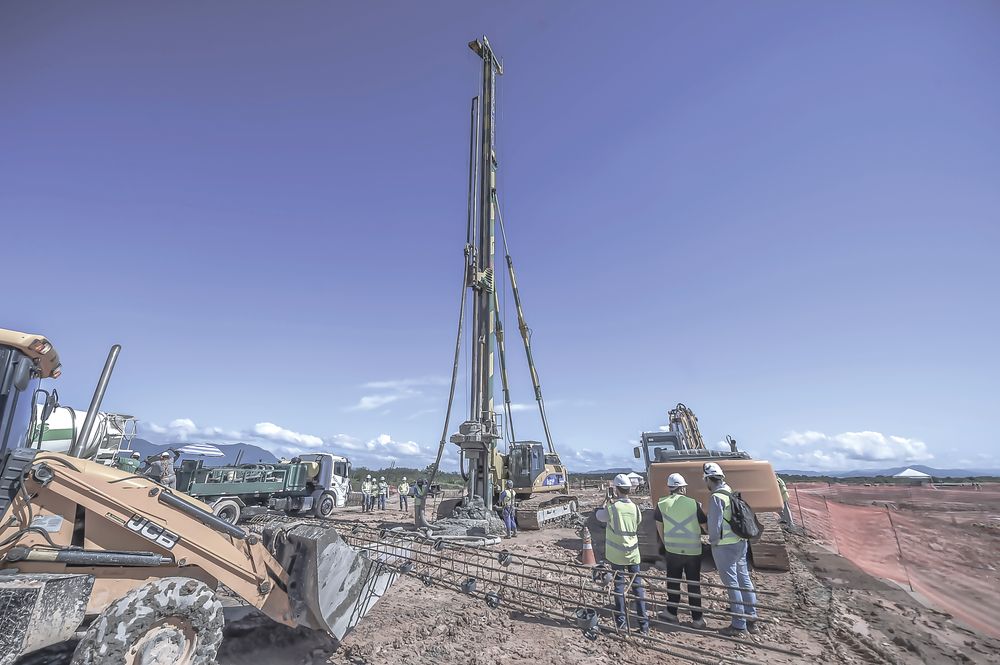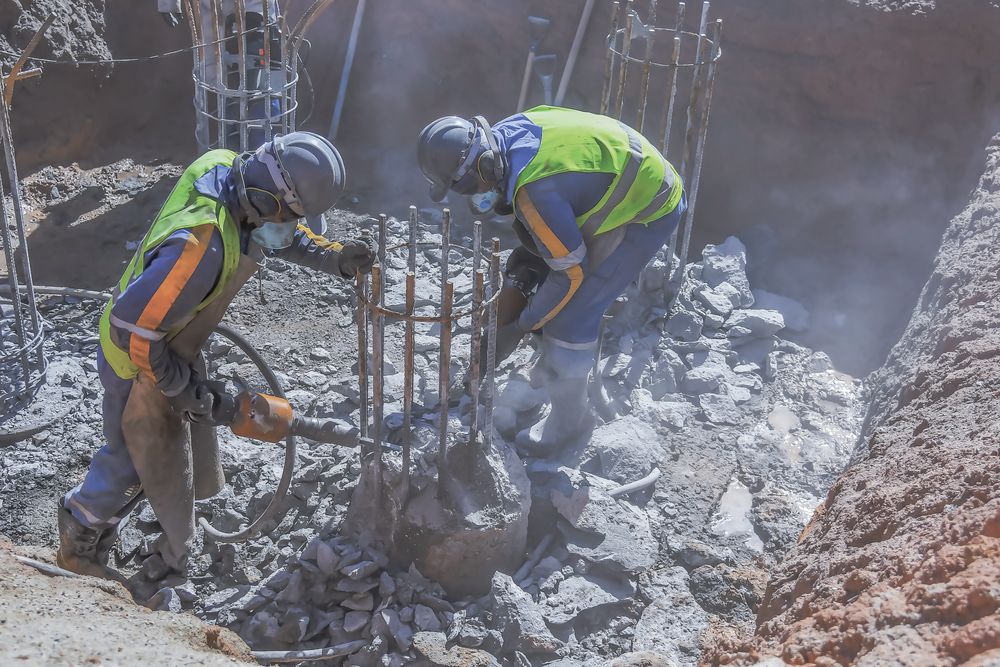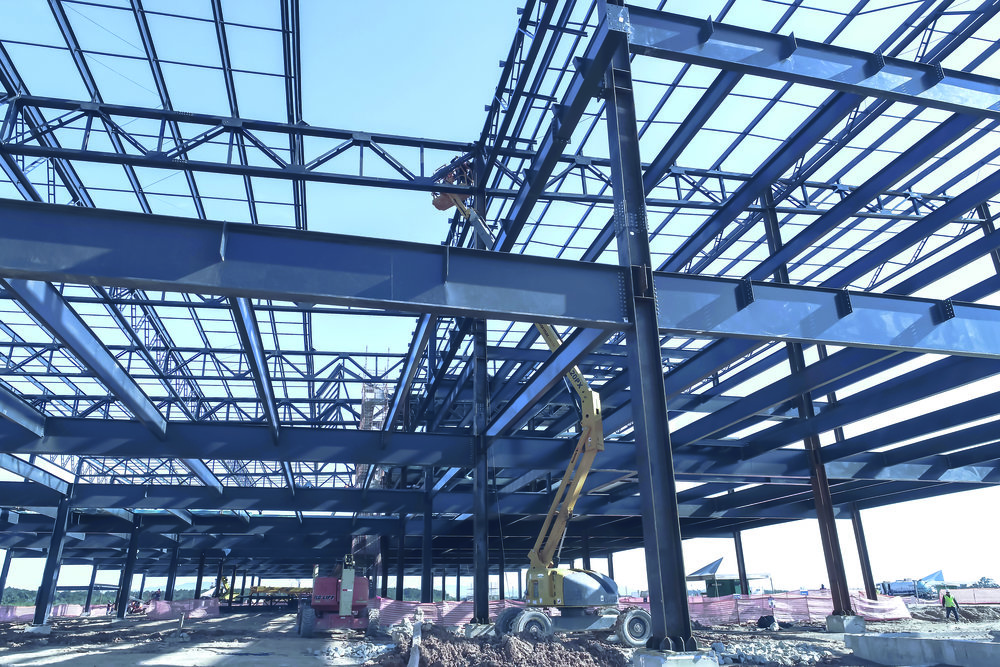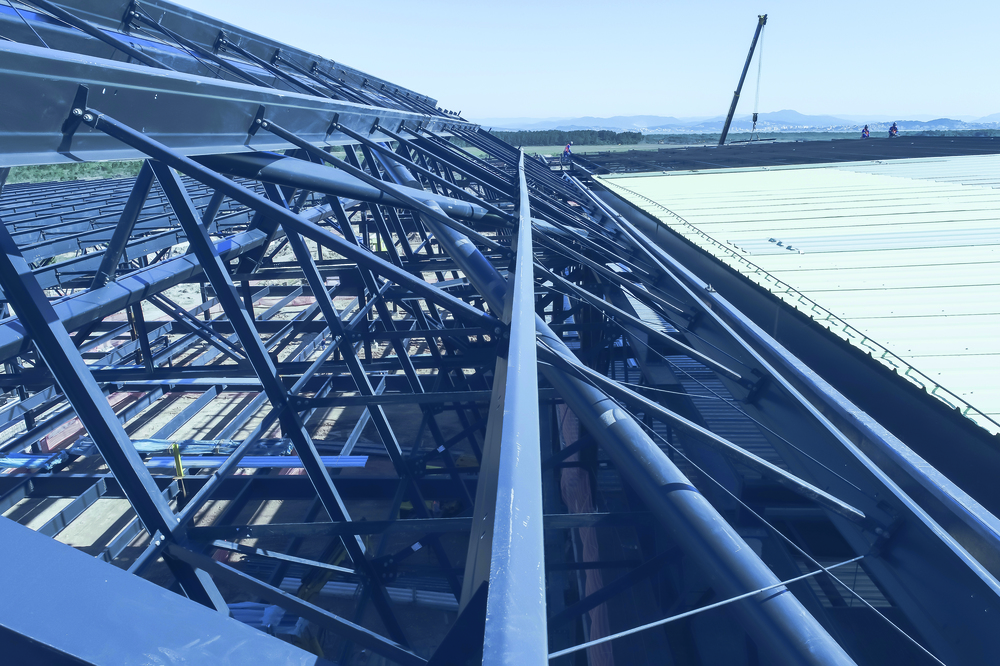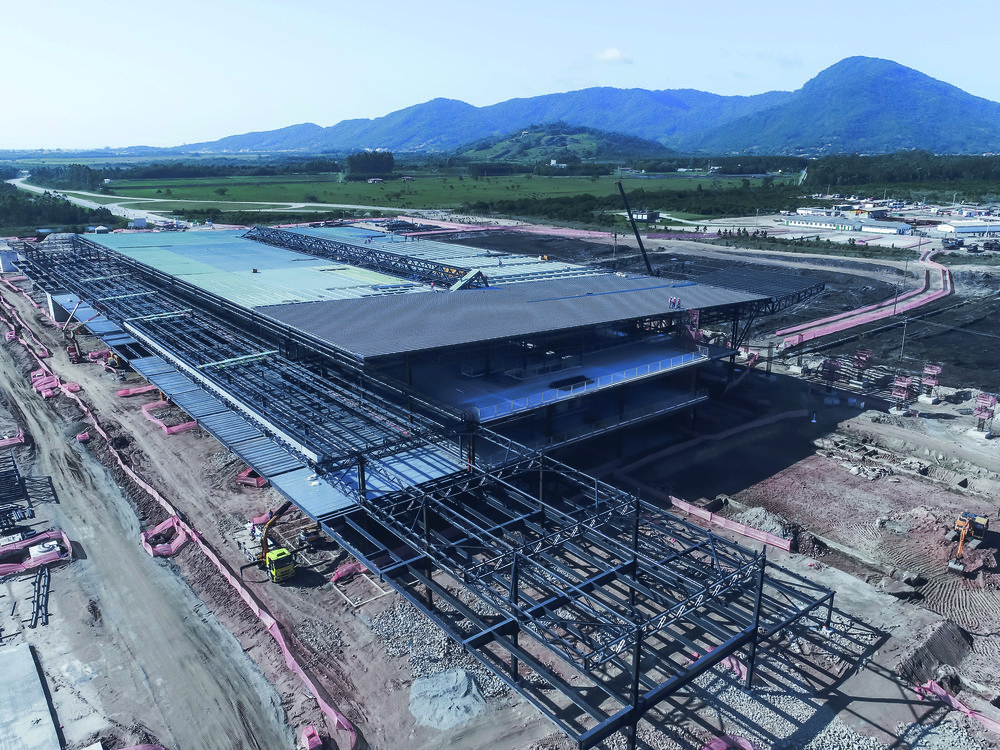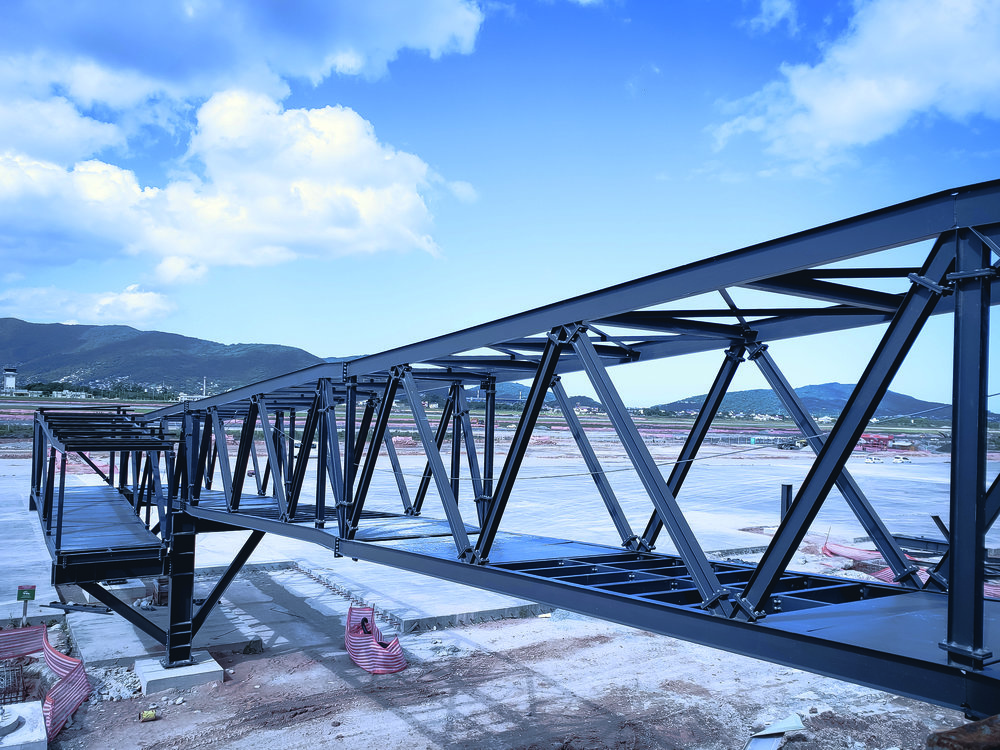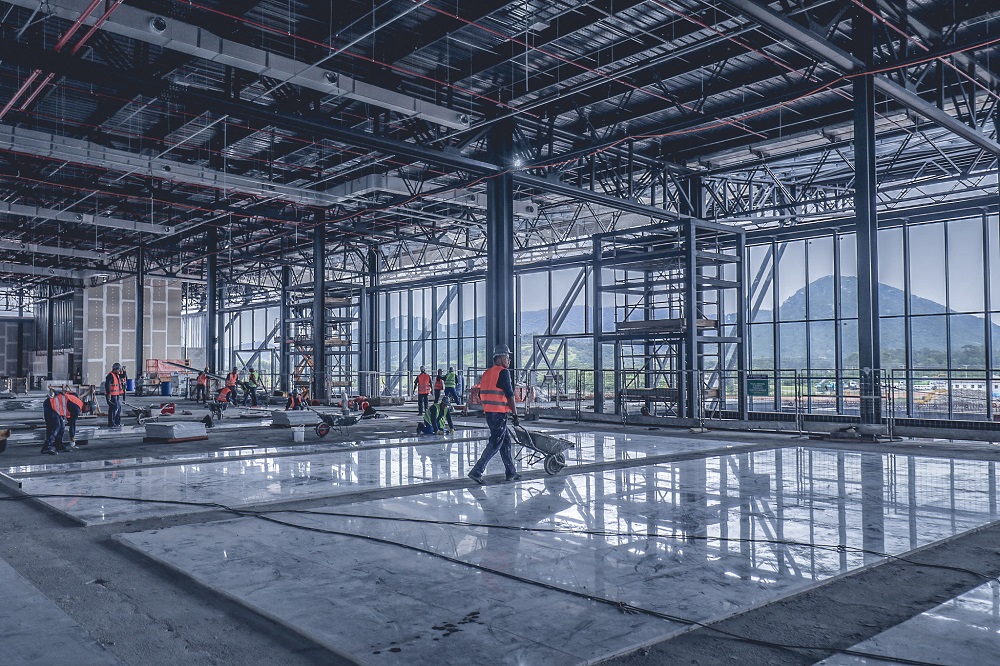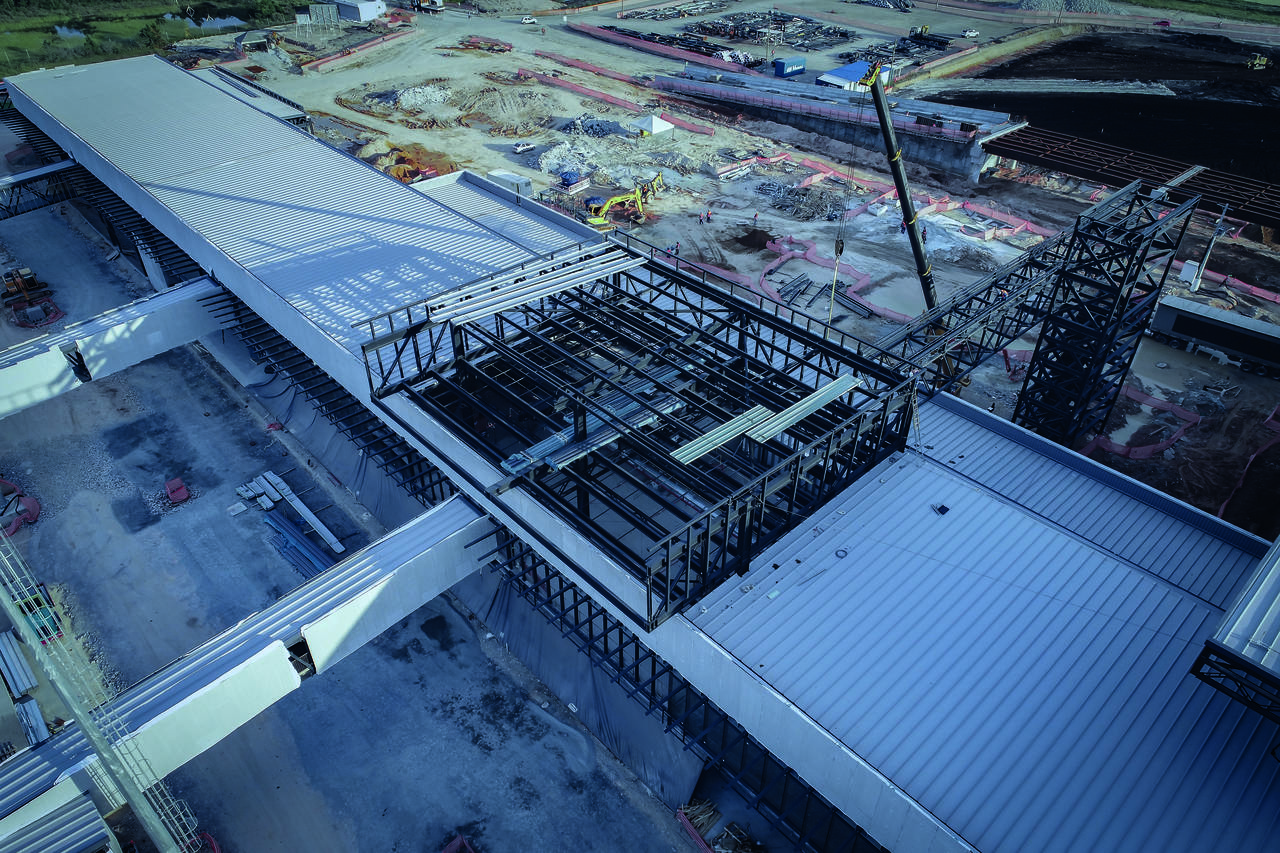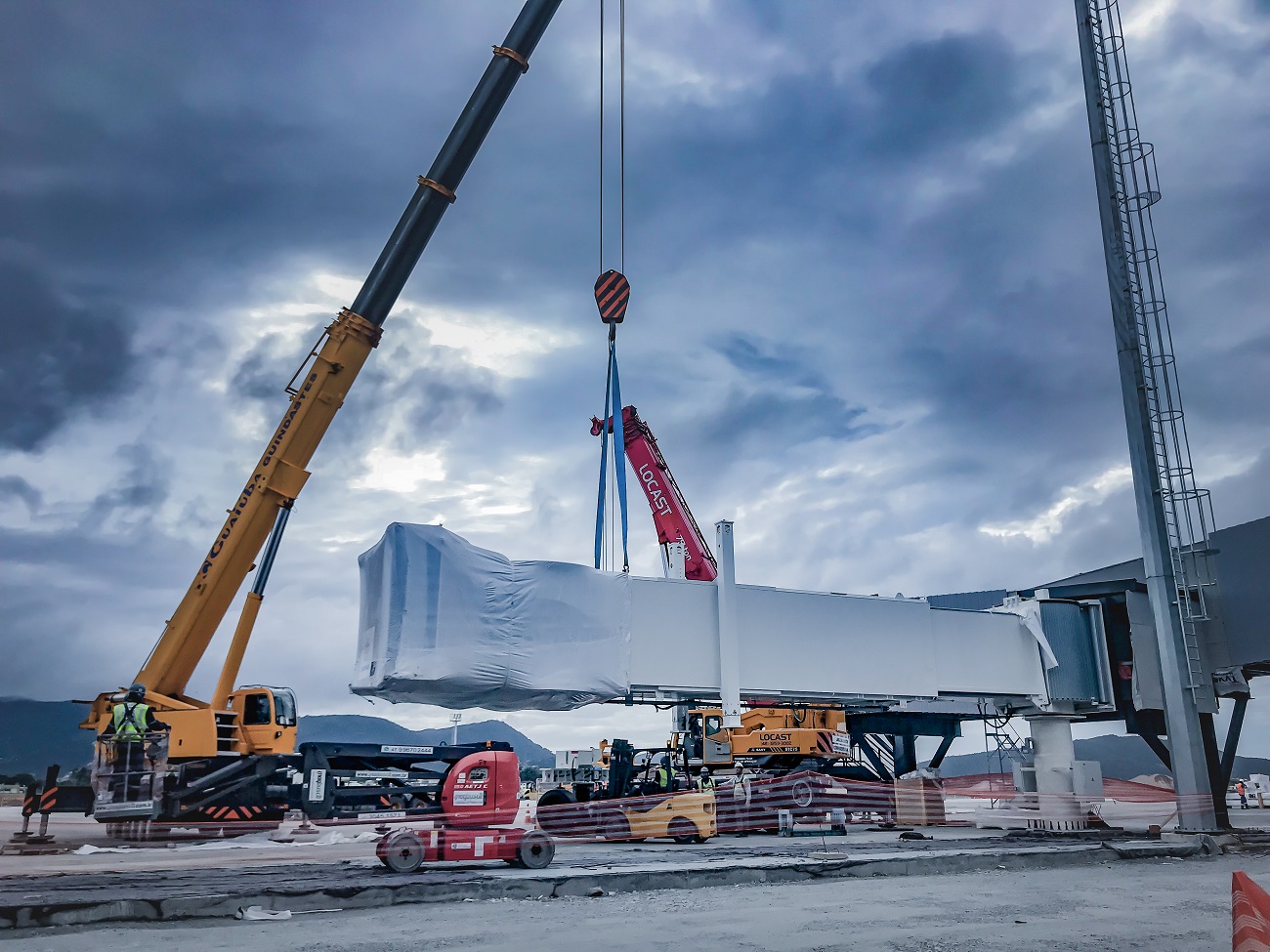Anvisa's Collegiate Board of Directors approved on Thursday, 11/03, changes to RDC No. 456, of December 17, 2020. The Collegiate Board Resolution defines the measures to be adopted at airports and aircraft due to the Covid outbreak -19, paying attention to the use of masks by travelers.
Anvisa has increased the rigor in the control of face protections used by passengers in airport regions due to the emergence of new variants of the coronavirus and the worsening rates of transmission of the disease across the country. “Wearing a mask is an act of citizenship. A measure in defense of one's own life and that of others”, said director Alex Machado Campos, responsible for the Fifth Board of Anvisa and rapporteur for the change in the DRC.
Director Alex Campos also recalls that “to mitigate the spread of SARS-CoV-2 and, consequently, the emergence of new variants, it is necessary to reinforce social distance, hand hygiene and the use of face masks. Among these tools for health protection, it is important to highlight the effective use of masks, especially by the population that transits confined and collective environments”.
What changes?
To protect the traveller's health, the mask must be well adjusted to the face, covering the nose and mouth, without openings that allow air and respiratory droplets to enter or exit. With the changes approved this Thursday, models that do not guarantee this protection will no longer be accepted at airports and on aircraft.
Bandanas, scarves and face shields used without masks underneath will not be allowed, as well as acrylic or transparent plastic masks and those with an expiration valve, even if they are professional.
Fabric masks handmade or industrially made with material such as cotton and tricoline are still allowed, but must have more than one layer of protection and suitable fit to the face.
Inside aircraft and at airport terminals, it will only be allowed to remove the mask for hydration or to feed children under the age of twelve, the elderly and travelers who have diseases that require a special diet. When these same passengers need to hydrate or eat outside the aircraft, they must observe the minimum distance of one meter in relation to other travelers. The mandatory use of masks does not apply to food courts during the meal, of course.
Persons with autism spectrum disorder, intellectual disability, sensory impairments or any other impairment that prevents them from making proper use of protection and children under three years of age will not be required to wear face protection.
The increase in the requirements for masks in airport regions is one more of the actions that have been built and updated by Anvisa based on scientific evidence, according to the evolution of the epidemiological context in Brazil and in the world. “The Agency intends to contribute to the implementation of a new Brazilian health culture through the behavioral change of the population to a new label in the control of the pandemic”, concluded director Alex Campos.
Changes to RDC 456 will take effect on March 25th.

